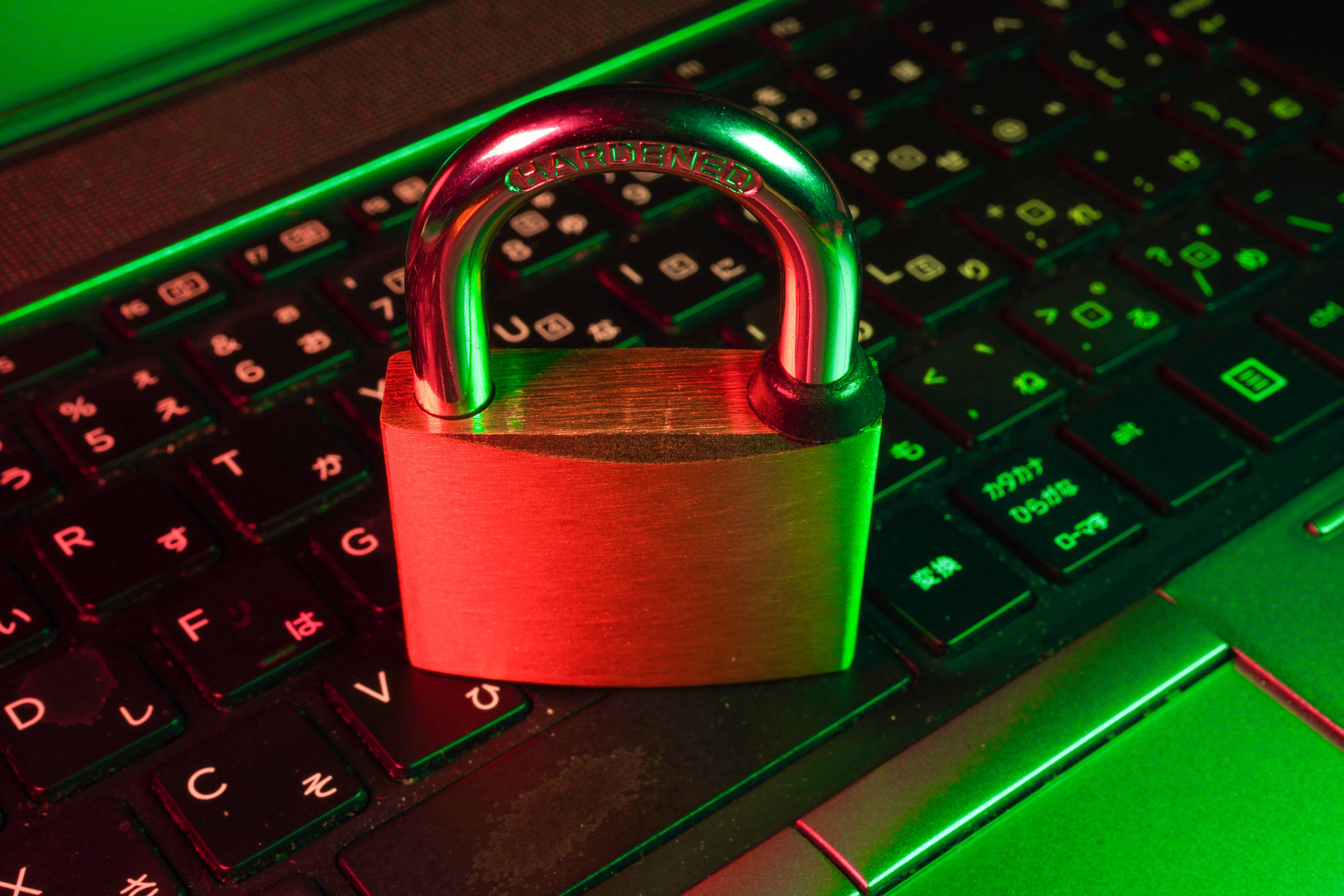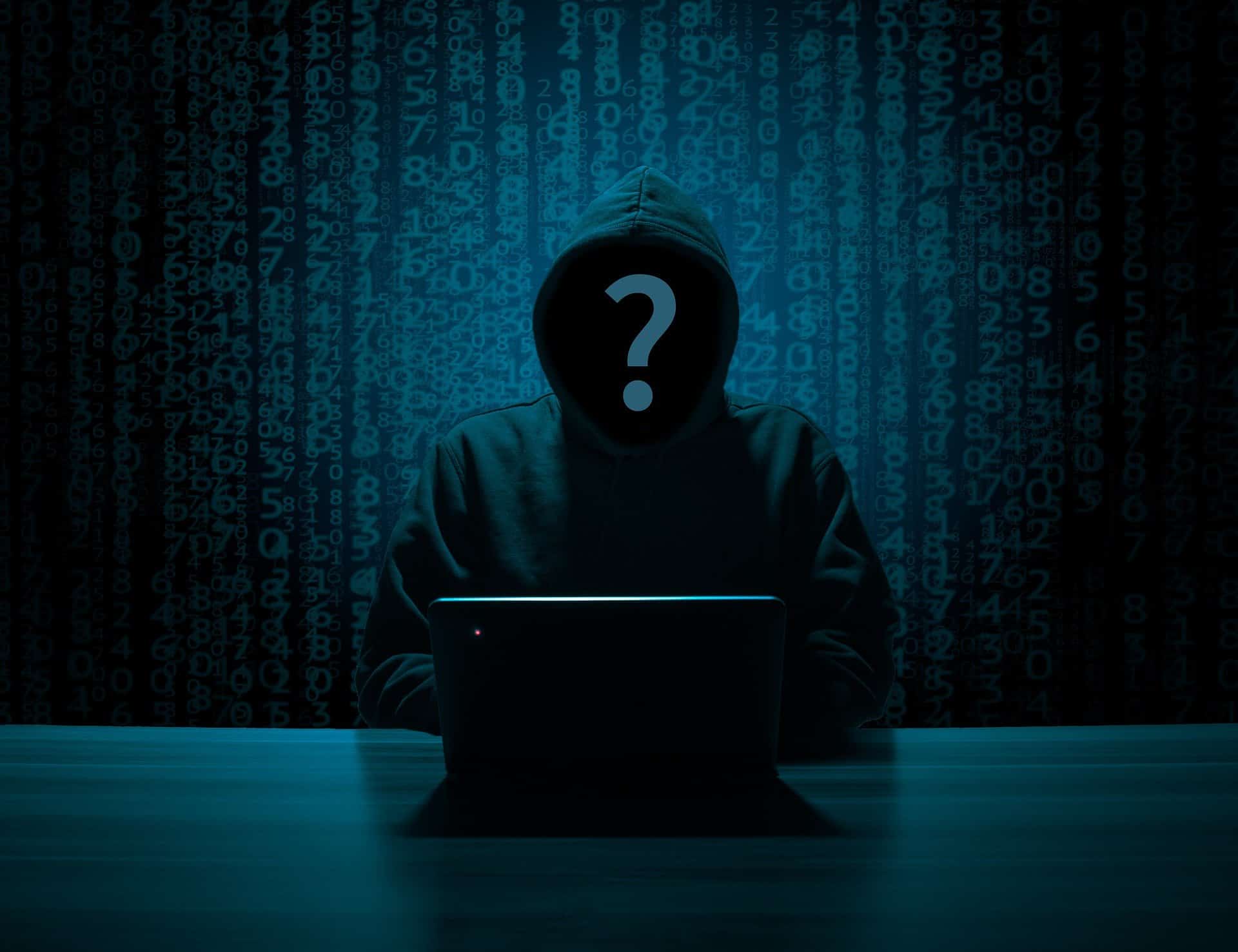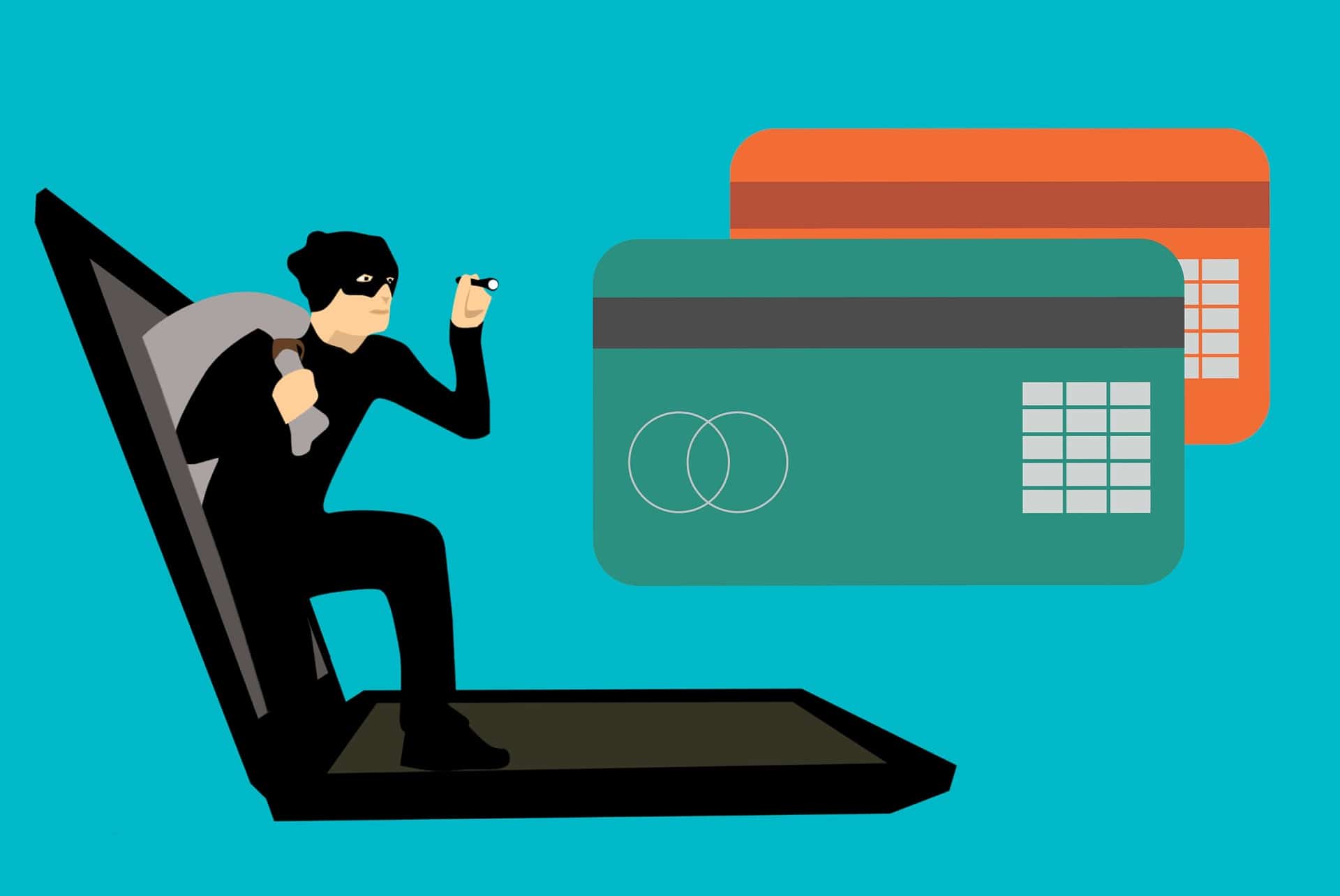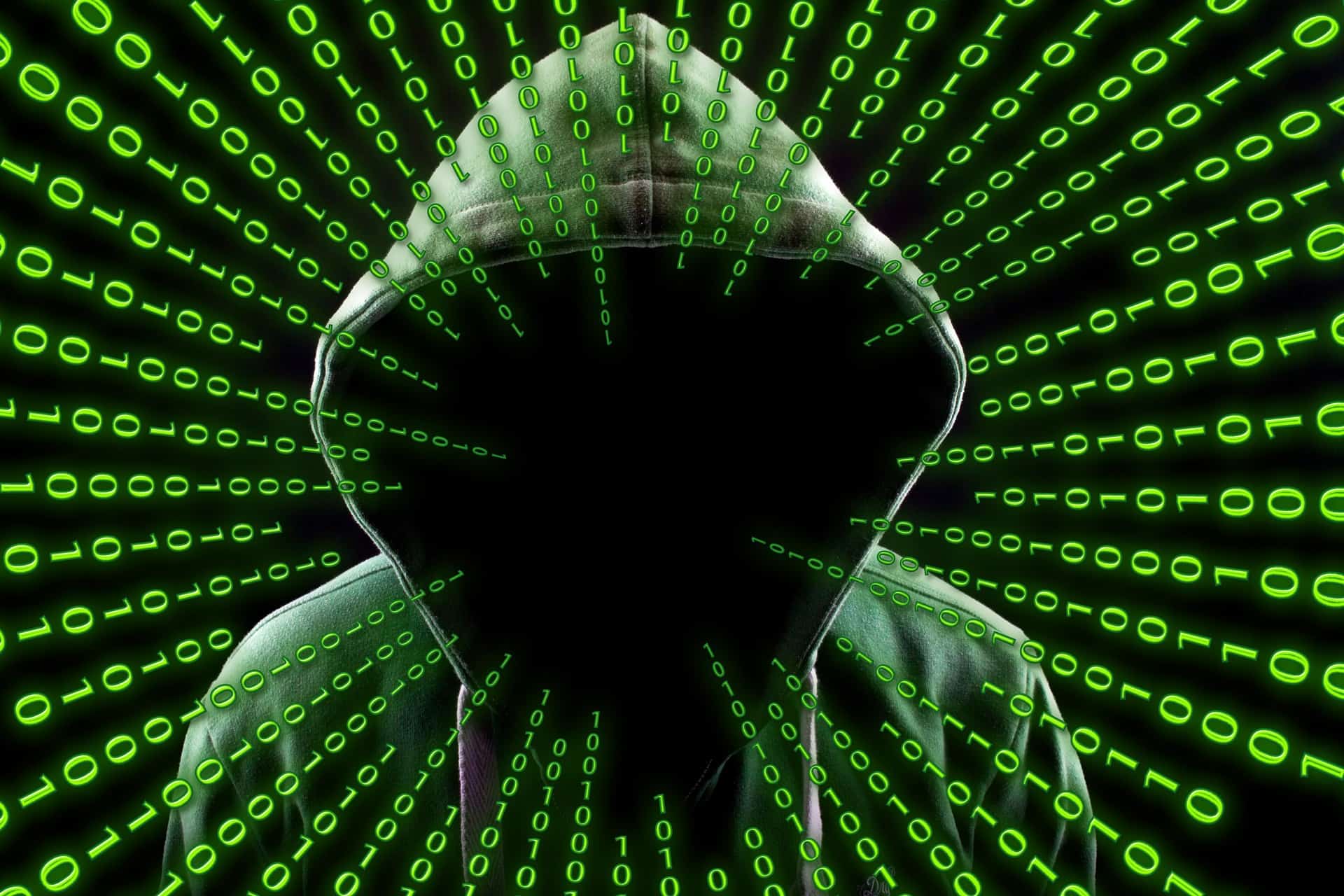
Digitising many aspects of our lives has had tremendous effects in making our daily tasks faster and easier. However, it still hasn’t provided full protection against crimes since criminals managed to take their malicious behaviour to the cyber world. Cyber crime is real and they come in different forms, making no exception for anyone.
The definition of cyber crime includes any illegal practice used to threaten someone, expose them, or steal their private data. Scammers and hackers are growing stronger and more skilful day after day. They create new types of attacks and theft practices to be able to get into one’s confidential data.
Unfortunately, not every cyber crime can be taken legal action against, thus it is always better to stay safe rather than sorry. While anyone with a digital presence is prone to cyber crime, applying good practices of cybersecurity can contribute to keeping your safety in check.
There is a lot of personal information on the web that criminals can use against a victim, no matter how unharmful this information may seem. Unless you are willing to be off the internet for good, you need to make sure you follow every single tip in the following list to keep cyber crime at bay.

Types of Cyber Crime to Look Out For
In order to fight digitised crime, it seems essential to learn about their different forms. Different crimes call for different measures of security to block all the resources a criminal needs to exploit your networks and devices.
A lot of the malicious behaviour that takes place in the cyber world is deemed cyber crime. However, not all of them can be taken legal action against, which is even an additional reason to know about them and do your best to stay safe online.
Identity Theft
Identity theft has become much easier to happen on the internet since the criminal can easily hide behind the illuminated screens and pretend to be someone else. What makes this one of the most dangerous cyber crimes is that the criminal can commit fraudulent acts under your name. Moreover, a criminal can hack your financial information and illegally use your credit card numbers to spend your money.
Phishing
Phishing is just the popular term used to describe scams and deceptive tricks. It is a fraudulent act where a criminal induces the victim to share sensitive information like financial accounts or personal passwords. Phishing has been one of the oldest cyber crime that ever surfaced. It more commonly occurs by sending emails that seem to be from trusted sources or reputable organisations.
More often than not, it comes in the form of an impersonating email containing a malicious link or attachment that the victim innocently trusts. Such attachments launch viruses or other malware into the victim’s system, enabling the criminal to gain access to their system.
Hacking
Most people are familiar with the term “hacking.” It is fraudulent behaviour, where a cybercriminal allows themselves into someone else’s private data. Unfortunately, hacking is not only a deceptive cyber crime, but there are several hacking techniques used to perform it as well, which can be pretty unpredictable or recognisable until it’s too late.

Doxxing
Doxxing is the combination between the words “dropping” and “docs,” and the latter is an abbreviation of documents. This term is used to describe the act of posting or publishing personal information about someone without their consent. It could be anything from scandalous information, embarrassing photos, or anything of that sort.
The worst part is that doxxing is a cyber crime that is not considered legal, given the methods used to obtain the published information. Unfortunately, cybercriminals have their vindictive ways in sniffing around one’s private information that could already be there on the internet. There is so much personal information about everyone with a digital presence that may seem harmless, yet criminals have their own ways to use such information against their victims.
Cyberbullying
Bullying is not just a harmful action that takes place in schools and among young adults. Unfortunately, it became quite spread among adults as well and it found its way to the digital world. Cyberbullying is the term used to describe the actions on the internet that take a harmful toll on someone’s mental or physical health. It could be adding negative comments on a picture, using crude language, or making fun of someone’s posts and other shared media.
Cyberstalking
Cyberstalking is no different from real-life stalking and it is deemed a dangerous cyber crime. The definition of cyberstalking is the act of using the internet to threaten, harass, or frighten someone. Interestingly, real legal actions can be taken against this crime, especially with the presence of evidence. Thus, if you are ever a victim of cyberstalking, make sure you document the incidents and take screenshots of anything that will work in your favour.
Best Cybersecurity Practices to Prevent Cyber Crime

Unfortunately, cyber crime is a bugging threat that won’t just go away. New techniques for theft, hacking, and doxxing are coming to the light day by day. With this ongoing evolution, you need to keep yourself safe and protected on the internet. While you can’t actually prevent cybercrime from taking place, you can, at least, take the needed precautions to protect yourself.
Luckily, cybersecurity measures are plentiful and can help build firm privacy and protection against cyber crime including its wide range. Here is all the best practices of cyber security that help shield you from potential criminals:
Install Full-Service Software Protection Program
Such programs are commonly known as antivirus software programs. They are more important than many people tend to believe. These programs provide real-time screening for any suspicious malware and get rid of it. It also provides firewall protection to keep your private data safe and sensitive information safe.
Keep Your Software Updated
Ignoring updates is a dangerous game to play. It may leave you more vulnerable to cyber crime and accidentally give access permission to criminals. New software updates are designed to fix any old bugs that left weaknesses and vulnerabilities in the system, so make sure you keep all your devices updated.
Use Different Credentials and Strong Passwords
It is fairly tempting to use the same username and password on all of your platforms and social media accounts. However, this can help the hackers lay their hands on your credentials one way or another. If that happens, they will have access to everything in your personal and financial accounts. Besides, using strong passwords goes a long way in adding a sturdy layer of protection to your data, so don’t settle to simple and easy ones.
Adjust Your Privacy Settings
It is essential to go through your privacy settings every once in a while and make sure your information is not left on public display. Change your settings and limit who can see your posts, friends’ list, and pictures. Also, make sure your accounts and profiles don’t show up on search engines of every browser.
Train Your Eyes to Recognise Suspicious Links
Hacking techniques involve sending impersonating emails with malicious links and attachments. It is important to train yourself to recognise between genuine attachments and ones that may bear malicious codes that can infect your system. Also, avoid clicking on random pop-up ads that seem to be from untrusted sources cause that’s another way that cyber crime occurs.
Use Virtual Private Network (VPN)
VPN is software that masks the IP address of your device and hides your online identity and making it appear anonymous. This happens by routing your data to servers that may even exist in different countries. It also protects your information and data. The only downside to VPNs is that some websites block VPN users, so you may find yourself limited in certain areas. VPN is a great way to protect yourself against cyber crime and safely browse the internet.
